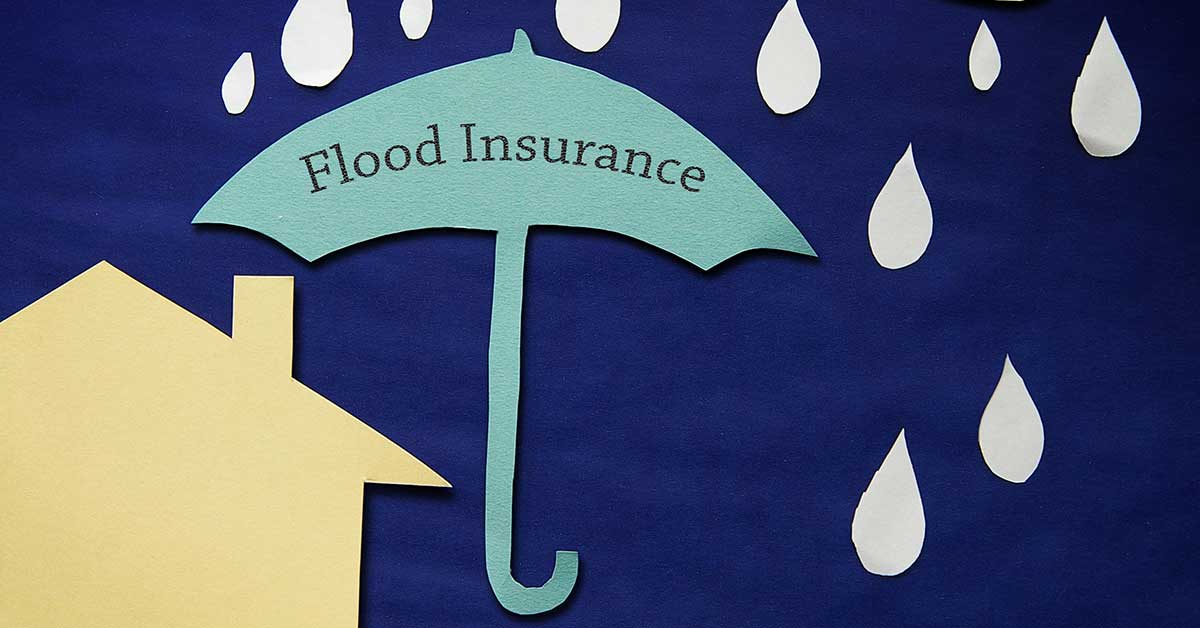
NFIP Temporarily Extended, but Lawmakers Seek Long-term Answer
Homeowners and business owners who rely on the National Flood Insurance Program to cover potential losses from a natural disaster are breathing a sigh of relief, albeit a temporary one.
When Congress passed its budget bill in late December, it extended the National Flood Insurance Program (NFIP) through Sept. 30.
Congress has passed sixteen short-term extensions in over the past two years, as members of Congress debate major reforms. This is the longest extension since September 2017. Because the NFIP has been attached to the budget, Congress has effectively reduced the chances of a lape.
It has lapsed previously – for about two months in 2010, when approximately 40,000 property sales were put on hold since homeowners with mortgages were unable to secure mandated flood insurance to close a deal. Since then there have been a few brief lapses as Congress and President Donald Trump have negotiated over appropriations for the federal government.
“Flooding is a humbling and equalizing force,” said House Financial Services Committee Chair Maxine Waters in a press release. “In the wake of the many catastrophic natural disasters we experienced just in the last three years, we’ve seen the best of America during the worst of times, with everyone putting aside their differences, to come together to help one another in a time of need. Now it’s time for Congress to do the same thing.”
Waters introduced the NFIP Reauthorization Act of 2019 in Congress and that bill (HR3167) has bi-partisan support and has the best chance of any flood bill of coming to fruition.
“[It will] provide a… long-term and responsible reauthorization of the NFIP and make sure affordable flood insurance continues to be available to communities across our country.
Originally established in 1968, the NFIP is the primary provider of flood insurance in the country. There is an emerging private market in some parts of the country, but the Federal Emergency Management Administration (FEMA), which runs the NFIP, which is the largest provider of flood insurance at the present time.
While Congress debates reforms, FEMA is working on changing the way it calculates insurance rates in 2020. Part of that reform would include better mapping and mitigation.
Currently, the rates are determined by using national averages, which overcharge the lower value and risk properties while undercharging the rest. The technology used to set these rates is over 50 years old. NFIP is now in the process of modernizing its pricing system dubbed “Risk Rating 2.0,” to enable the agency to begin aligning its rates to the specific flood risk of each individual property and charge a much more accurate and reliable rate down to the property specific level.
It generally takes 30 days for a flood insurance policy to take effect after it is purchased with notable exceptions including at the time of property purchase.
Last fall FEMA delayed this Risk Rating 2.0 initiative until Oct. 1, 2021 to ensure they can roll it out for the entire country at once. Officials indicated that their priority is to get it right and this newest extension would buy FEMA the time to work out details and other potential reforms which would help close the insurance gap in the U.S.
“We urge Congress to use the time afforded by this agreement to work toward sustainable, bipartisan solutions to programs like the NFIP, which protect millions of Americans every year,” said Vince Malta, the 2020 President of the National Association of REALTORS® in a press release.
Time to Focus on Affordable Housing
Taxes on real estate are not the answer. Sign the petition calling on Congress to address our country’s housing shortage.





